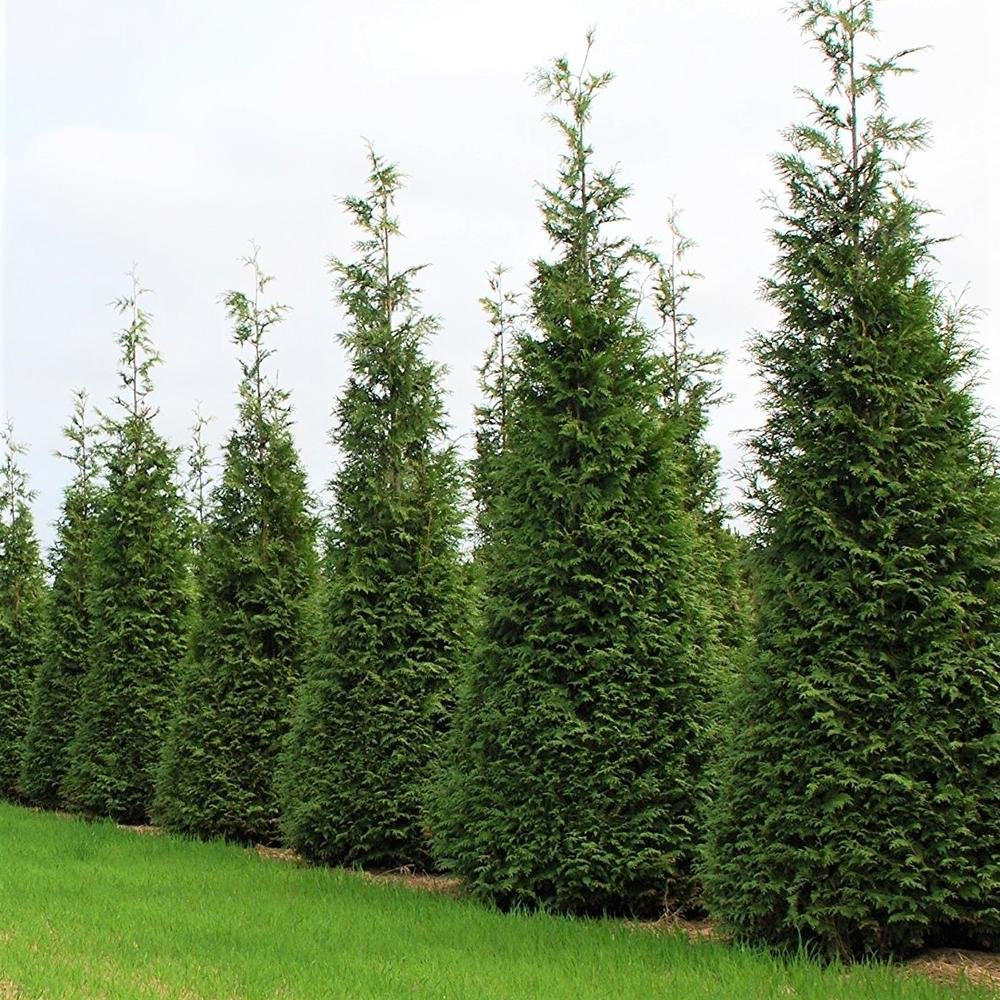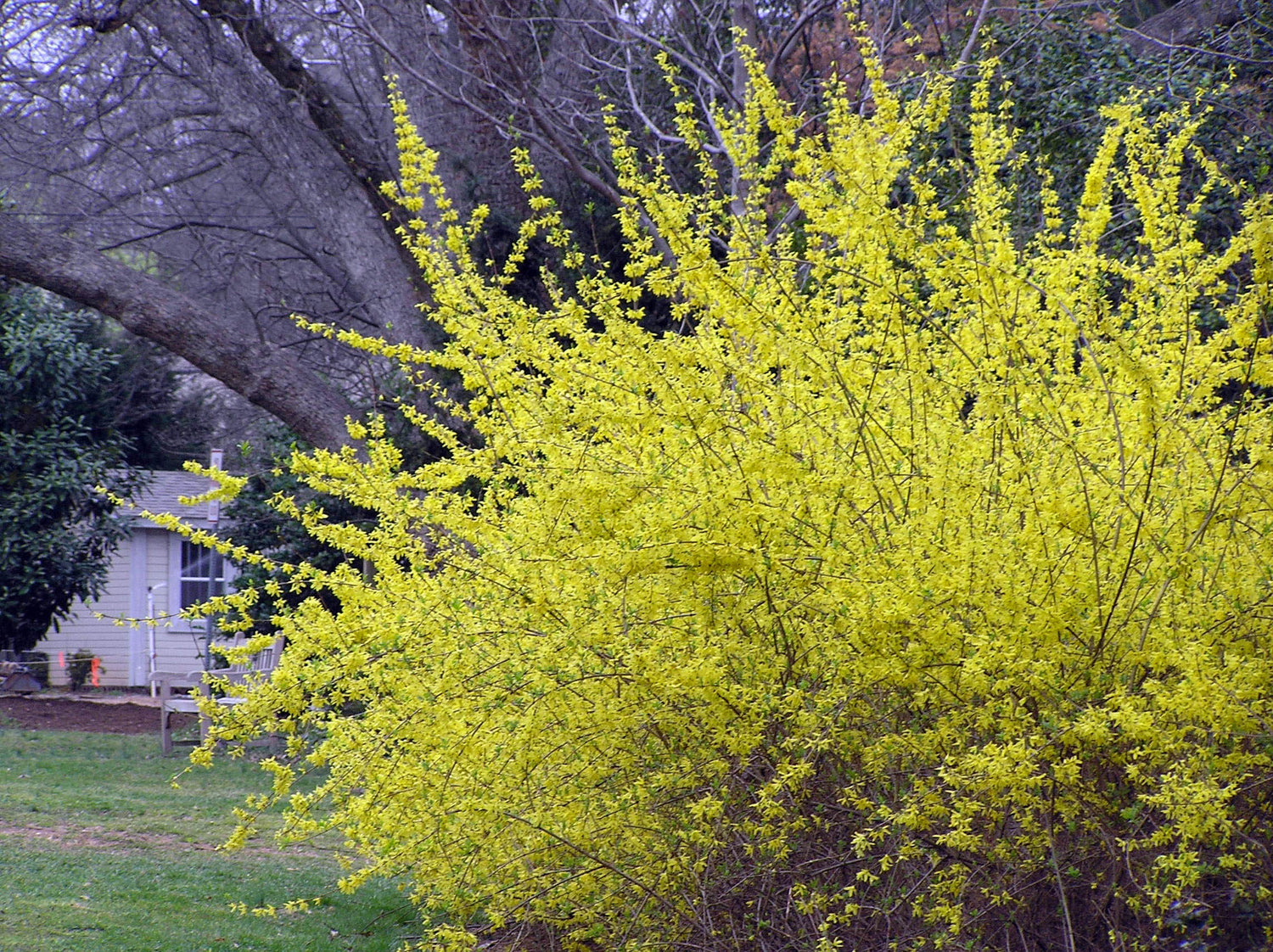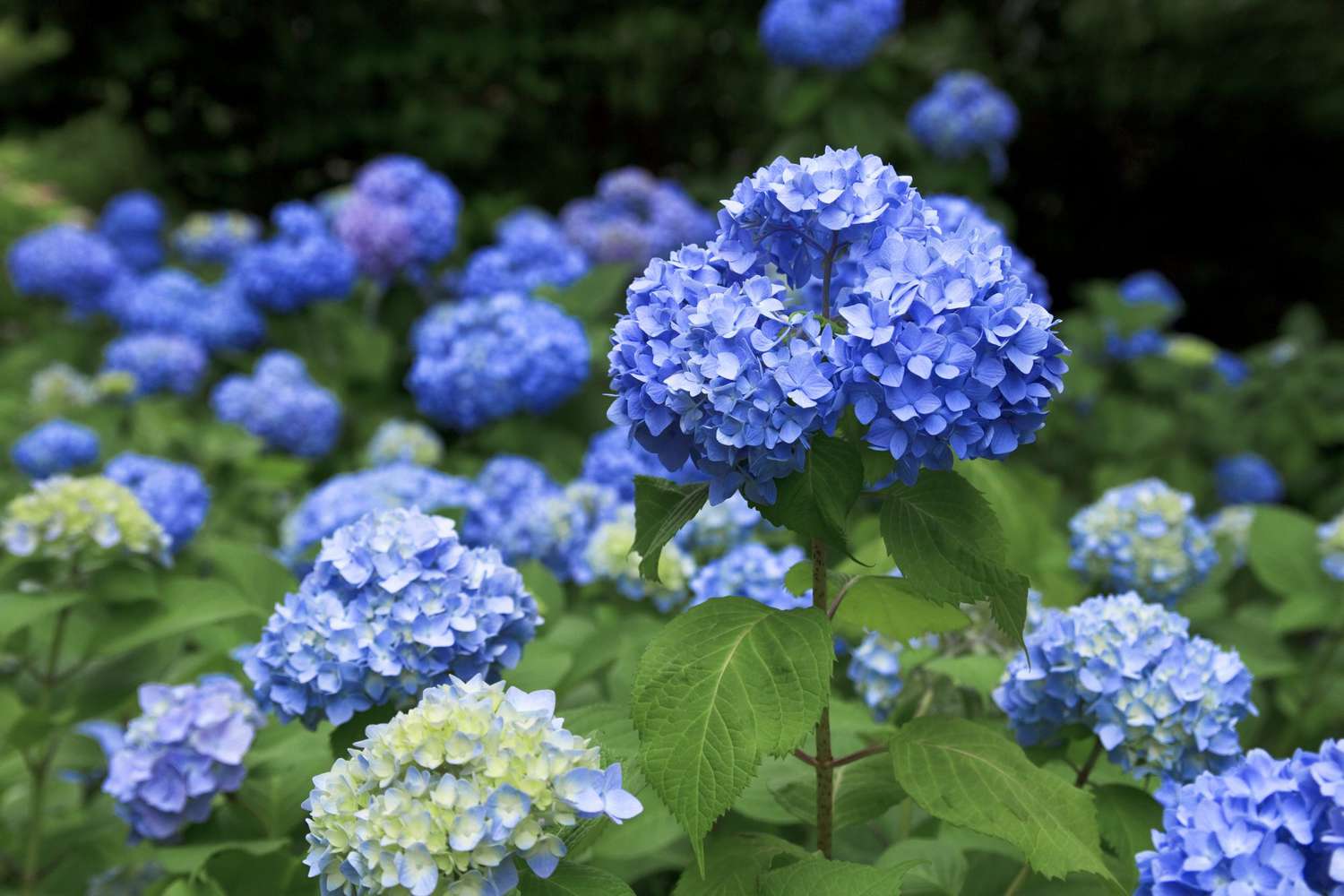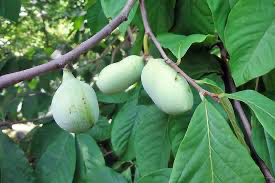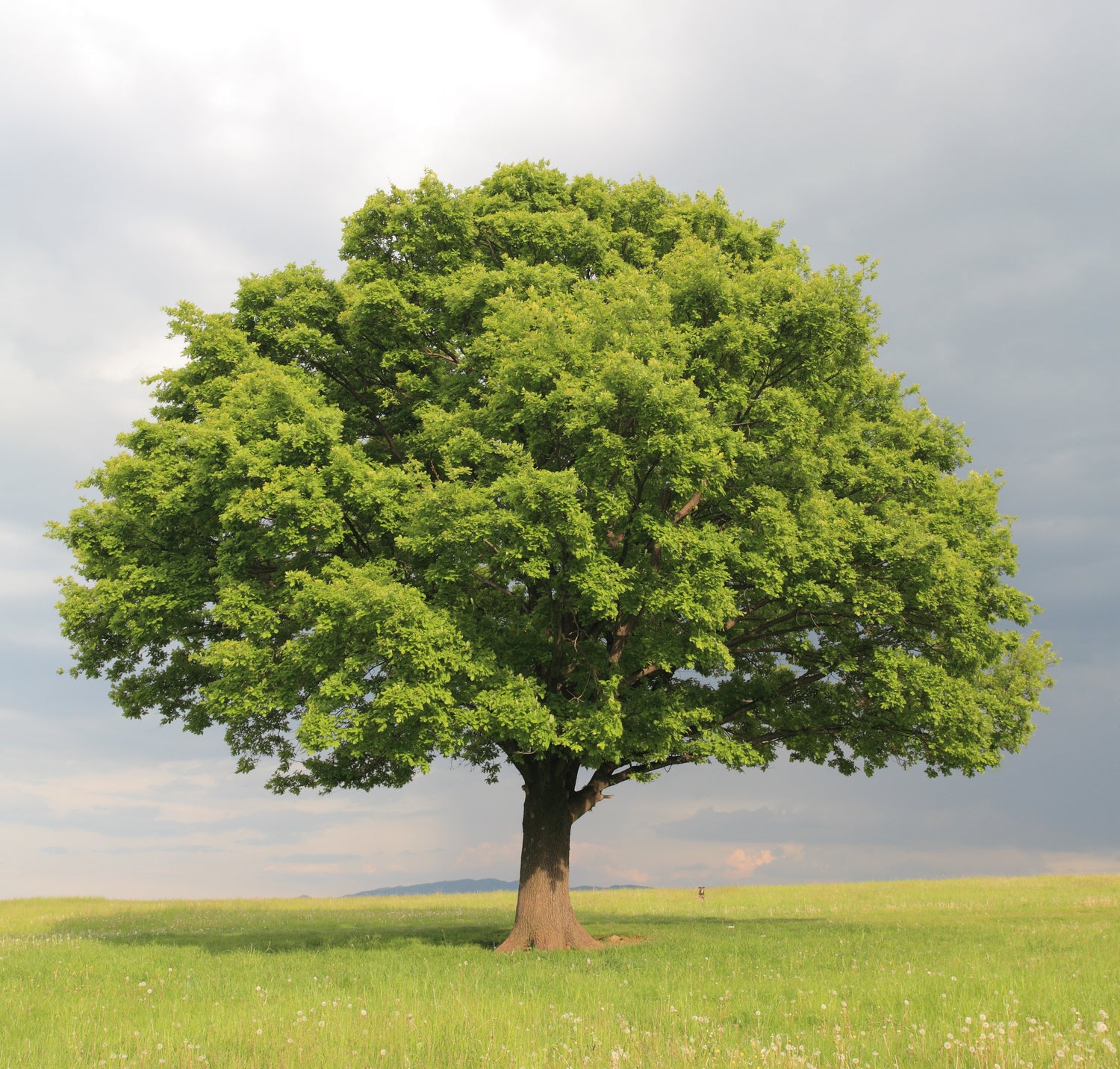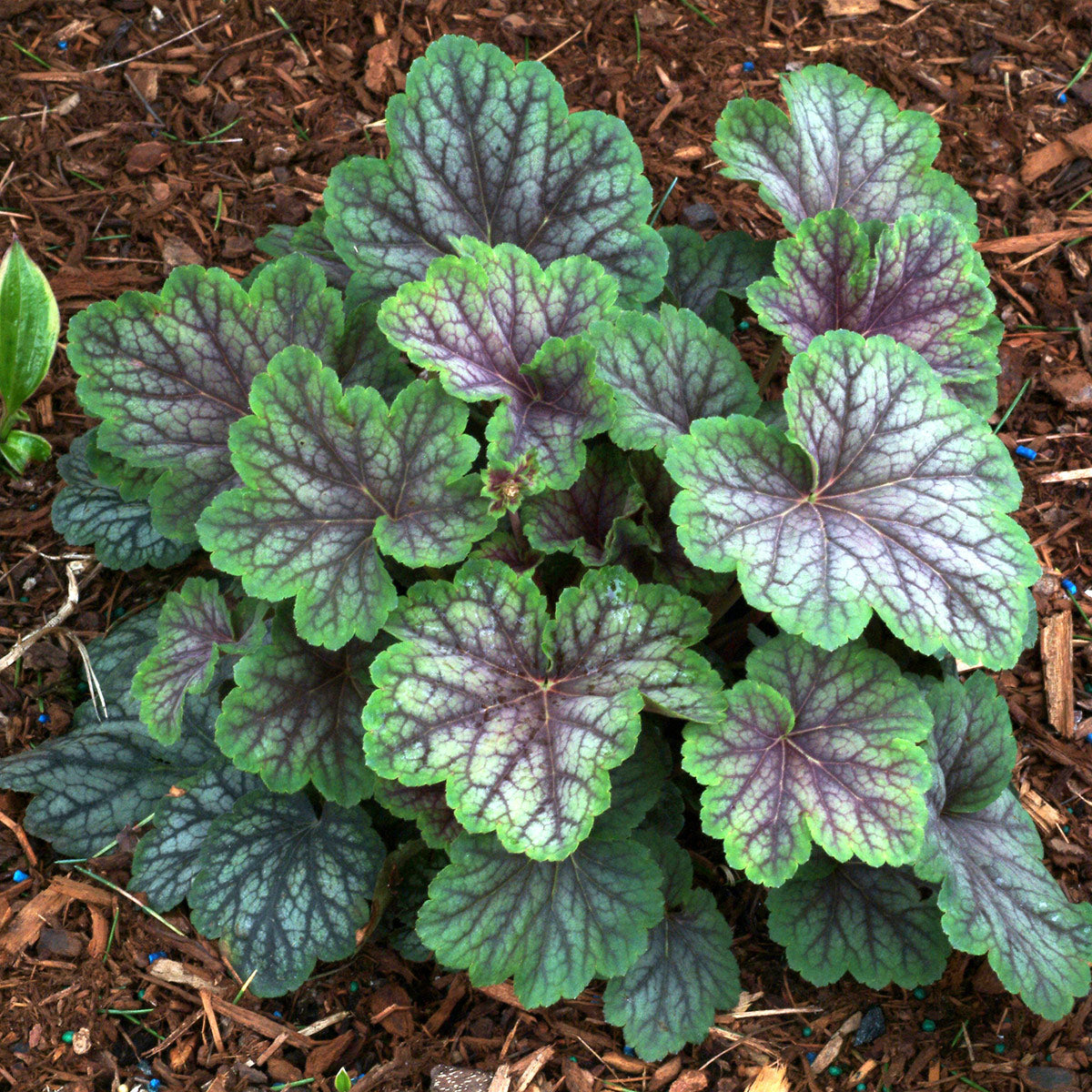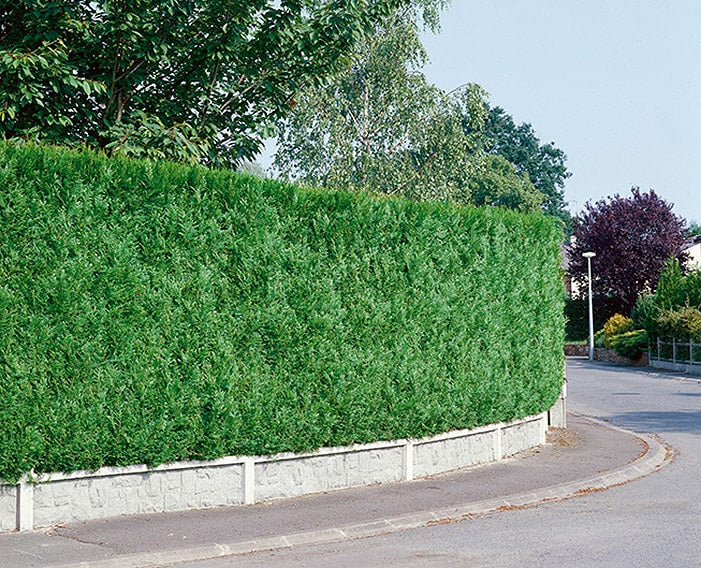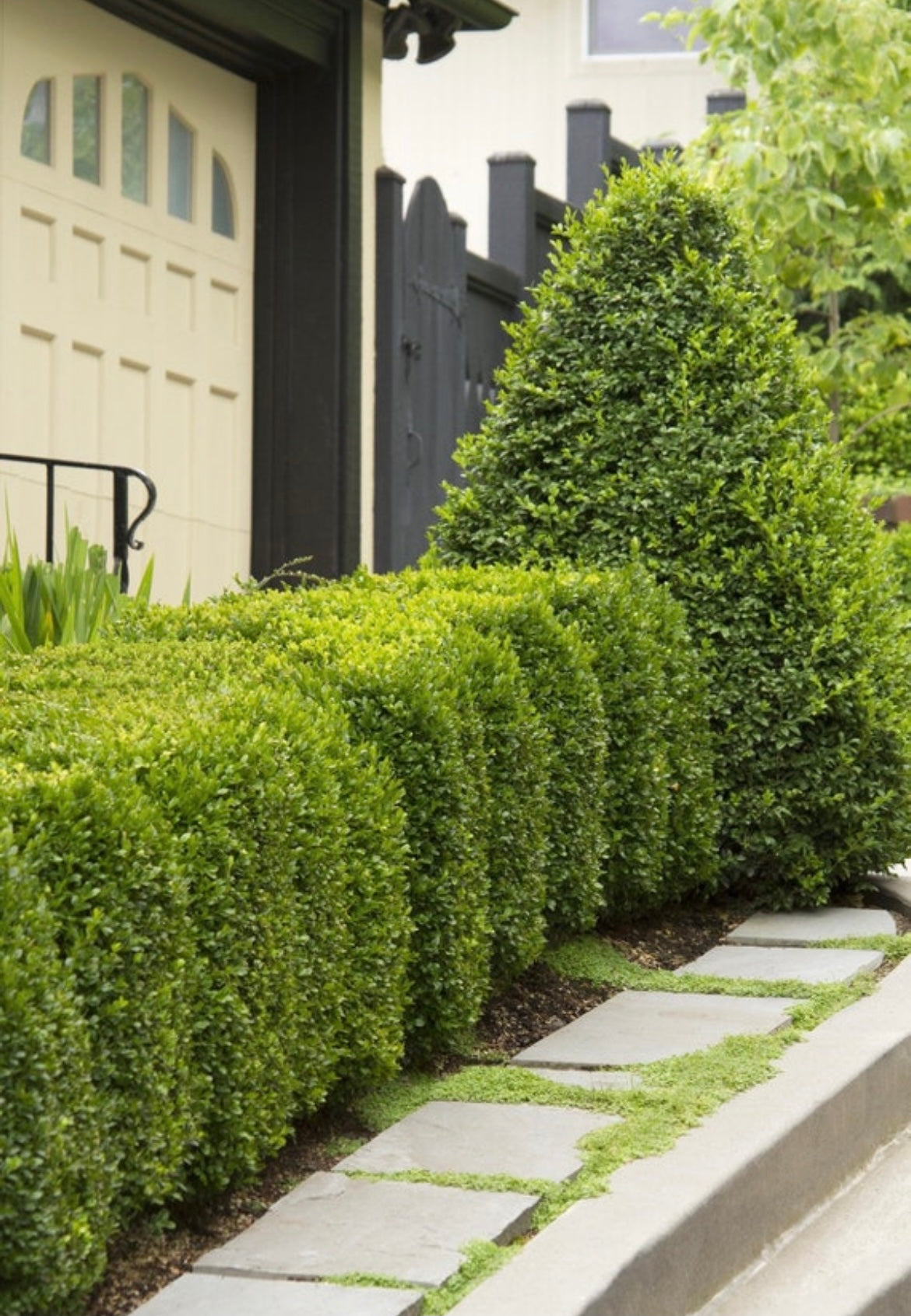The Yellow Bird Magnolia tree, also known as Magnolia acuminata var. subcordata 'Yellow Bird,' is a deciduous flowering tree that belongs to the Magnoliaceae family. It is a cultivar of the native cucumber magnolia tree (Magnolia acuminata) and is known for its striking yellow flowers and distinctive appearance.

Yellow Bird Magnolia Trees
Overview of Yellow Bird Magnolia Trees
Yellow Bird Magnolia trees are a striking addition to any landscape, known for their unique, vibrant yellow flowers that bloom in the spring. Scientifically known as Magnolia acuminata var. subcordata, these trees are a hybrid developed to bring the beauty of magnolias into a more colorful spectrum. Originally bred in the United States, the Yellow Bird Magnolia has gained popularity for its stunning appearance and relatively easy care requirements.
See Our Tops Picks For Small Trees For Your Garden!
Characteristics of Yellow Bird Magnolia Trees
One of the most distinctive features of the Yellow Bird Magnolia is its bright yellow flowers, which are a rarity among magnolia varieties. The blooms appear in mid to late spring, adding a splash of color just as many other plants are beginning to wake from their winter dormancy. These flowers, shaped like elegant tulips, grow to about 4 inches in diameter and emit a light, pleasant fragrance.
The tree itself is pyramidal in shape when young, maturing to a more rounded form as it grows. It typically reaches a height of 40 to 50 feet with a spread of 25 to 30 feet, making it a suitable choice for medium to large gardens. The leaves are a rich green, providing a lush backdrop to the bright flowers, and they turn golden-yellow in the fall, adding another layer of seasonal interest.
Planting and Caring for Yellow Bird Magnolia Trees
Ideal Planting Conditions
For those looking to plant a Yellow Bird Magnolia, it's essential to choose the right location and conditions to ensure the tree thrives. These magnolias prefer well-drained, slightly acidic soil, though they are adaptable to a range of soil types. The ideal pH level is between 5.0 and 6.5.
Yellow Bird Magnolias flourish in full sun to partial shade. They need at least six hours of direct sunlight daily to produce the best blooms. The best time to plant them is in the spring or fall, giving the tree time to establish its roots before the extreme temperatures of summer or winter.
Care and Maintenance Tips
Once planted, Yellow Bird Magnolias require regular watering, especially in the first few years as they establish themselves. They prefer moist soil but should not be left in waterlogged conditions. A layer of mulch around the base of the tree helps retain moisture and regulate soil temperature.
Fertilizing in early spring with a balanced fertilizer can promote healthy growth and abundant blooming. Pruning is generally minimal; remove dead or damaged branches in late winter or early spring before new growth starts. Regular inspections for common pests, such as scale insects or magnolia weevils, and diseases like powdery mildew, will help keep the tree healthy.
Browse our fastest growing plants!

Benefits and Uses of Yellow Bird Magnolia Trees
Aesthetic and Landscape Uses
Yellow Bird Magnolia trees are a showstopper in any garden, with their eye-catching yellow blooms providing a unique contrast against the typical pinks, whites, and purples of other magnolia species. They work well as standalone specimens or as part of a larger landscape design, where their flowers can be highlighted by planting them against a backdrop of evergreens or darker foliage.
These trees are also excellent for urban and suburban landscaping due to their moderate size and adaptability. They can enhance garden aesthetics, add value to property, and create a focal point in parks or public gardens.
This magnolia is a very fast growing plant!
Environmental and Ecological Benefits
Beyond their visual appeal, Yellow Bird Magnolias offer several environmental benefits. They attract a variety of pollinators, including bees and butterflies, which are crucial for the health of the ecosystem. The trees contribute to air quality by absorbing pollutants and releasing oxygen, and their canopies provide shade, which helps reduce urban heat islands.
Additionally, their deep roots help prevent soil erosion, making them a practical choice for stabilizing sloped areas. The fallen leaves decompose, enriching the soil and supporting a healthy garden ecosystem.
Personal and Community Enjoyment
Planting a Yellow Bird Magnolia can transform a garden into a tranquil retreat. The beauty and fragrance of the flowers can enhance mental well-being, providing a peaceful place to relax and enjoy nature. These trees can also serve as a focal point for community projects, bringing people together to appreciate and care for their local environment.
In public spaces, Yellow Bird Magnolias can be used to create beautiful, shaded areas for people to gather, walk, or simply enjoy the scenery. Their unique and striking appearance can make parks and gardens more attractive, encouraging outdoor activities and community engagement.
Yellow Bird Magnolia trees are more than just a beautiful addition to any garden. They embody the perfect blend of aesthetic appeal and environmental benefits, making them a valuable asset to both private gardens and public spaces. Whether you’re a seasoned gardener or a novice, the Yellow Bird Magnolia can bring a touch of magic to your outdoor space.
the Yellow Bird Magnolia tree is a beautiful and unique flowering tree that adds beauty and charm to any landscape. With its striking yellow flowers and distinctive appearance, it is a popular choice among gardeners and landscaping enthusiasts. Proper care and maintenance, along with suitable growing conditions, can help ensure the health and longevity of this stunning tree.
History and Significance of Yellow Bird Magnolia Trees
Origins and Development
The Yellow Bird Magnolia is a relatively recent addition to the magnolia family. It was developed as part of an effort to introduce new color variations into the magnolia species. This hybrid was specifically bred to showcase the striking yellow blooms that set it apart from more traditional magnolia varieties. The cultivation of the Yellow Bird Magnolia reflects the broader horticultural trend of expanding the color palette of flowering trees and shrubs to offer gardeners more diverse and visually appealing options.
Cultural Significance
While the Yellow Bird Magnolia itself may not have ancient roots, magnolias have long been celebrated in various cultures around the world. Magnolias are often associated with nobility, dignity, and beauty. In some cultures, they symbolize perseverance and a love of nature. The introduction of the Yellow Bird Magnolia adds a new chapter to the storied history of magnolias, representing innovation in horticulture and the ongoing human fascination with the natural world.
Modern-Day Popularity
Today, the Yellow Bird Magnolia is beloved by gardeners and landscapers for its unique color and reliable performance. Its ability to adapt to different growing conditions and its relatively low maintenance requirements make it an attractive option for a wide range of planting projects. As more people seek to add distinctive and beautiful elements to their gardens, the Yellow Bird Magnolia continues to gain popularity.
Interested in food plants or trees? This magnolia will not do that for you, but these food trees can! <<<<------ Click
Techniques and Tips for Propagating Yellow Bird Magnolia Trees
Propagation Methods
Propagating Yellow Bird Magnolias can be a rewarding way to expand your garden or share this beautiful tree with friends and family. There are several methods for propagating magnolias, including seed propagation, cuttings, and grafting.
-
Seed Propagation: This method involves collecting seeds from the tree’s fruit, which should be cleaned and stratified (exposed to cold conditions) before planting. Seedlings can take several years to mature and bloom, making this a longer-term investment.
-
Cuttings: Propagating from cuttings is a faster method and often produces more reliable results. Softwood cuttings taken in early summer can be rooted in a moist, well-draining medium. Using rooting hormone and maintaining high humidity can improve success rates.
-
Grafting: This technique involves attaching a cutting (scion) from the desired tree to a compatible rootstock. Grafting can produce a new tree more quickly and ensures that the new tree retains the parent tree’s characteristics.
Care for Young Trees
Caring for young Yellow Bird Magnolias is crucial to ensure they develop into healthy, mature trees. Here are some tips for nurturing young trees:
-
Watering: Young trees need consistent moisture to establish strong root systems. Water deeply and regularly, especially during dry periods.
-
Mulching: Apply a layer of mulch around the base of the tree to retain moisture, regulate soil temperature, and prevent weeds. Avoid piling mulch against the trunk to prevent rot.
-
Protection: Protect young trees from extreme weather conditions and pests. Use tree guards or fencing if necessary to prevent damage from animals.
Community and Environmental Contributions
Enhancing Urban Green Spaces
Yellow Bird Magnolia trees can play a significant role in enhancing urban green spaces. Their striking appearance and moderate size make them ideal for city parks, gardens, and public spaces. Planting these trees in urban areas not only beautifies the environment but also provides essential ecological benefits such as improving air quality and supporting urban biodiversity.
Educational and Outreach Programs
Communities and organizations can use Yellow Bird Magnolia trees as part of educational and outreach programs. Planting and caring for these trees can teach valuable lessons about horticulture, environmental stewardship, and the importance of preserving green spaces. Schools, community centers, and botanical gardens can incorporate these trees into their educational programs, fostering a greater appreciation for nature among participants.
Conservation Efforts
While Yellow Bird Magnolias are not endangered, the broader effort to conserve and protect magnolia species is important. By planting and nurturing Yellow Bird Magnolias, individuals and communities contribute to the overall health and diversity of local ecosystems. These efforts help ensure that future generations can continue to enjoy the beauty and benefits of magnolia trees.

